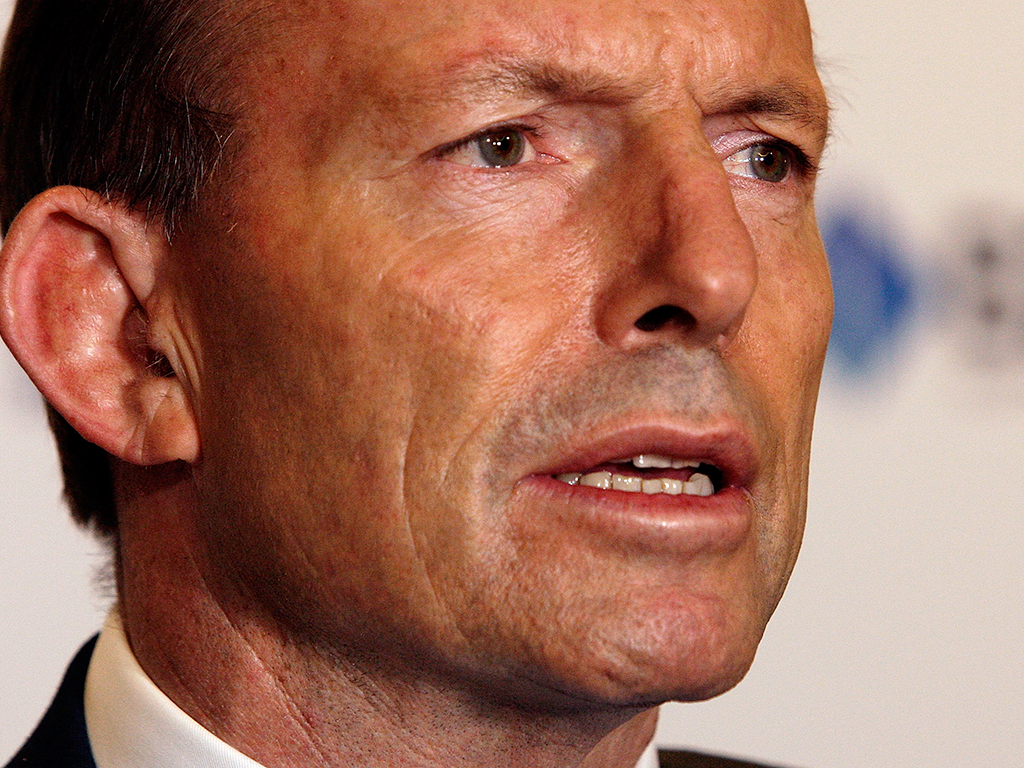Vilnius is one of the fastest growing cities in Eastern Europe. It is also a hub for political, economic, social and environmental change in Lithuania and the region as a whole.
Some years ago, a decision was made by the government of Vilnius to pursue smart solutions to the city’s challenges, and to engage its inhabitants in decision-making. The city also boasts the fastest internet connection in the world, a high quality of life, and the cleanest water and freshest air of any European city. The latest study by Eurostat shows 93 percent of inhabitants are satisfied with their life in Vilnius.
70%
Reduction in Vilnius’ energy consumption due to LED lighting
Those inhabitants represent a substantial market for investors. Approximately 16 million people live within 300km of Vilnius: other Baltic cities only have a potential market of about eight to 10 million. It is also a prosperous city: it generates nearly 40 percent of Lithuania’s GDP.
Smart management
The city’s smart and forward-thinking management has been recognised by analysts and the media, and the rise in foreign direct investment and its effectiveness has also been reported. The New York Times named Vilnius one of the world’s 10 best-managed cities, alongside Berlin, Barcelona, Cape Town, Copenhagen, Montreal, Santiago and Shanghai. Cities were evaluated not only on their quality of life but also on how wisely and well they are managed.
Arturas Zuokas, the city’s mayor, says: “It has been Vilnius’ priority to become open to citizens and those who are willing to make business in the city. We believe that smarter city management was the key to making Vilnius a convenient place to live and do business.”
Vilnius city government has introduced e-participation platforms, which have involved citizens in the decision-making processes of the city. The official website of Vilnius was developed to give greater information on the city agenda. The site also allows citizens to express their opinions and make suggestions by interacting with the City Council members, participating in polls, preparing e-petitions and even voting on the topics that are in the council’s agenda. The online platform also makes it easy to access one of more than 100 online services for businesses and residents provided by the City — from licensing to permits and official documents.
Zuokas says it would be hard to find another country in Europe that is so in tune to the needs of investors as Lithuania: “Vilnius, as a capital, is a business friendly city and is trusted by such high calibre companies as IBM, Barclays, Western Union, Teva Group, Thermo Fisher Scientific, CSC and others. Lithuania, as their choice for an investment, proves that we are a very sound place for international establishments to do business.” The Financial Times recently listed Vilnius as the sixth best city in Eastern Europe in its investment performance and ‘best to invest’ rankings.
The city also has a highly qualified population, with 97 percent of inhabitants speaking at least one foreign language.
Lighting the city
Over the next two years, the city of Vilnius will be modernising its street lighting. High-efficiency modern LED lighting fixtures will reduce energy consumption in the city by more than 70 percent. The technology will save over two million euros annually and will be implemented through a public-private partnership with Gemmo of Italy.
“This is probably the first time in Europe that a city’s entire lighting system has been totally modernised all at once,” says Zuokas. “Not only will it save our taxpayers money, but it will make the streets even safer at night and cut down on traffic accidents. This new best practice model will also serve to reduce environmental pollution, and that’s important.”
Marie Donnelly, Director of the European Commission’s Energy Directorate, spoke highly of the Vilnius lighting overhaul project. She described it is a good example for the EU of how to save energy and implement the best sustainable environmental solutions.
Improving infrastructure
For the past decade, the City of Vilnius has been taking an integrated transport management approach and seeking the most suitable IT solutions to improve its public transportation. A number of projects have improved the mobility of both citizens and city guests.
The traffic monitoring and regulation system was deployed some years ago, while all the traffic lights in the city have been renewed and connected into a single traffic-monitoring centre. It has had a tremendous impact on the traffic situation in the city: even though the number of cars increased by more than 40 percent during the past decade, the average journey time is shorter.
The public transportation system has also gone through positive changes. The City of Vilnius has introduced a single card for public transportation, together with dozens of new vehicles and fast-track buses to make journeys more comfortable and fast. What is more, a bike sharing system has been launched to extend the possibilities of moving in the city. It has become one of the most popular means of transportation around the city centre.
The city has recently launched the new mobile applications package Smart Vilnius. This mobile ticketing app allows commuters to buy tickets on their phones, plan a journey and see live timetables. The mobile parking app – which has become extremely popular since its launch – has a start-stop function that allows users to pay only for the exact time they are parked, and removes the hassle of finding the correct change for the parking meter.
Improvements are also being made to the city’s route planner app. It is being redesigned and will shortly include all kinds of transportation, from buses to city bikes, as well as the city’s car-sharing system. It will also serve as a smart tool for planning journeys by car: it will inform drivers about traffic jams and suggest routes to avoid them.
This approach to smart mobility was recognised by IBM, which awarded Vilnius a Smarter Cities Challenge grant. This money will help the city improve its transportation systems further, merging them and deploying different management and prediction tools.
“All the decisions and improvements we’ve been making on a daily basis, whether it was a transportation system or the new citizen’s participation platform, were small yet significant steps to becoming a smarter city,” says Zuokas. “Therefore we are very pleased to be recognised as a smart city by The New Economy this year. It is a meaningful recognition to Vilnius, which, right from its establishment, has always been a prosperous and fast-moving, tolerant and peaceful city that welcomes all cultures and ideas. I’d like to welcome all readers to our beautiful city and invite them to evaluate the city for themselves.”




